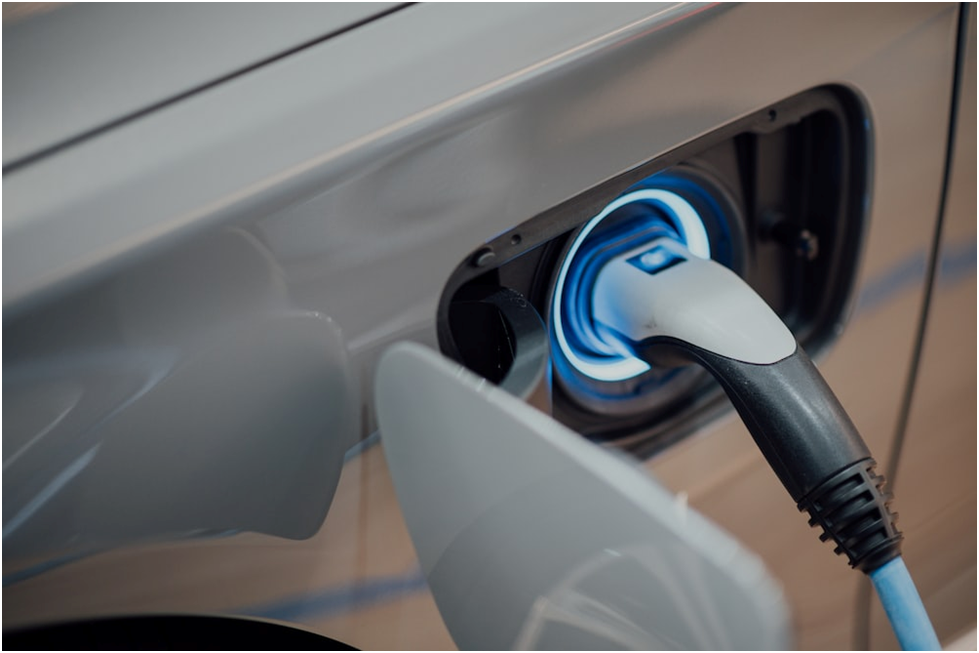 As electric vehicles (EVs) become an integral part of the automotive landscape, the need for convenient and efficient charging solutions has never been more crucial. For many EV owners, the installation of a home charging station offers the convenience of refueling their vehicles in the comfort of their own space. However, understanding the costs associated with home EV charger installation in the UK is a critical step in embracing the future of sustainable transportation.
As electric vehicles (EVs) become an integral part of the automotive landscape, the need for convenient and efficient charging solutions has never been more crucial. For many EV owners, the installation of a home charging station offers the convenience of refueling their vehicles in the comfort of their own space. However, understanding the costs associated with home EV charger installation in the UK is a critical step in embracing the future of sustainable transportation.
The Landscape of Home EV Charging
Home EV charging stations, also known as Electric Vehicle Supply Equipment (EVSE), come in various forms, ranging from standard Level 1 chargers to more advanced Level 2 chargers with faster charging capabilities. The cost of installation depends on factors such as the type of charger chosen, the complexity of the installation process, and potential government incentives.
Understanding the Costs
Here’s what you need to know about the costs of installinga home EV charger:
- Charger Cost: The first component of the cost is the charger itself. Basic Level 1 chargers are more affordable, while Level 2 chargers, offering faster charging times, come with a higher price tag. Prices for home chargers in the UK typically range from £200 to £1,000 or more, depending on the brand, features, and charging speed.
- Installation Costs: Installation costs encompass the labor, materials, and potential upgrades required to set up the charging station. Basic installations for straightforward setups can start from around £300, but more complex installations or those requiring additional electrical work may cost upwards of £1,000. The location of the installation, such as a garage or an external wall, can influence the complexity and, subsequently, the cost.
- Electrical Panel Upgrades: In some cases, homes may require upgrades to their electrical panel to accommodate the additional load of an EV charger. Upgrades can range from £500 to £1,500 or more, depending on the existing electrical system’s capacity and the extent of the required enhancements.
- Government Grants and Incentives: To encourage the adoption of EVs and home charging infrastructure, the UK government offers grants and incentives. The Electric Vehicle Homecharge Scheme (EVHS) provides a grant of up to £350 toward the cost of purchasing and installing a home charger. Additionally, the Workplace Charging Scheme (WCS) extends support for businesses looking to install EV chargers.
- Smart Charging Features: Advanced chargers with smart features, such as remote monitoring, scheduling, and smartphone connectivity, come at a premium. While these features enhance user convenience, they can add to the overall cost of the charging station.
Installation Process
The complexity of the installation process influences the overall cost. Here’s an overview of the typical steps involved:
Step 1. Site Assessment: A qualified electrician assesses the site to determine the best location for the charger and evaluates the existing electrical infrastructure.
Step 2. Installation Planning: Based on the assessment, the electrician plans the installation, considering factors like cable routing, equipment placement, and potential upgrades to the electrical panel.
Step 3. Electrical Work: The installation involves electrical work, including wiring, connecting the charger to the electrical panel, and ensuring compliance with safety regulations.
Step 4. Testing and Commissioning: After the installation, the system undergoes testing to ensure proper functionality and compliance with safety standards.
Government Grants and Incentives
Taking advantage of available grants and incentives can significantly offset the costs of home EV charger installation:
- Electric Vehicle Homecharge Scheme (EVHS): EVHS provides a grant of up to 75% of the installation cost, capped at £350. To be eligible, EV owners must have dedicated off-street parking and purchase an eligible EV or plug-in hybrid vehicle.
- Workplace Charging Scheme (WCS): Businesses can apply for the WCS grant, covering up to 75% of the purchase and installation costs of EV charging infrastructure, with a maximum grant of £350 per socket.
Considerations for Cost-Effective Installation
Don’t forget to consider these for more a much more cost-effective installation process:
- Choose the Right Charger: Assess your charging needs and choose a charger that aligns with your usage patterns. While Level 2 chargers offer faster charging, a Level 1 charger may be sufficient for those with shorter daily commutes.
- Utilize Government Incentives: Take advantage of government grants to offset installation costs. Ensure that you meet the eligibility criteria and follow the application process to access available incentives.
- Explore Smart Charging Options: While smart features add to the initial cost, they can enhance the overall efficiency and convenience of charging. Evaluate whether the benefits justify the additional expense.
- Plan for the Future: Consider the potential growth in EV ownership and plan for a charging solution that accommodates future needs. This forward-thinking approach can prevent the need for frequent upgrades.
Conclusion
Embracing the electric vehicle revolution involves not only choosing an eco-friendly mode of transportation but also investing in a reliable and convenient charging infrastructure. Understanding the costs associated with home EV charger installation in the UK is a crucial step for both current and prospective EV owners. By exploring the available government incentives, choosing an appropriate charging solution, and planning for future needs, individuals can navigate the landscape of home EV charging with confidence. As technology advances and adoption grows, the investment in a home charging station becomes not just a practical choice but a forward-looking commitment to a sustainable and efficient mode of transportation.








